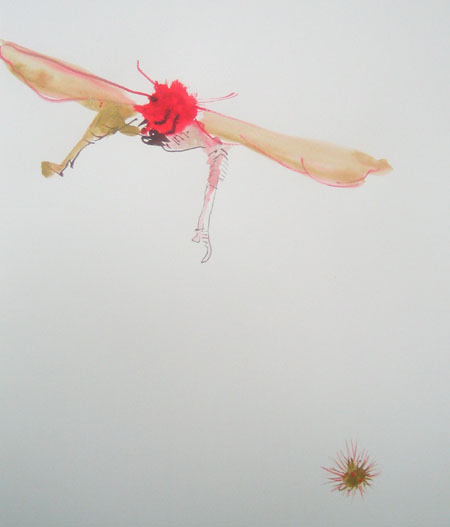25 Liters: a lot of stars (Brabeck and Jabès)
Tuesday, May 15th, 2007The ground of water is covered with stars. When we use per day 25 liters water,* we use a treasure of stars according to Jabès. I understand this in a subversive way.
A traditional reading would argue: So, you simply adopt to a necessity and you use poetical thoughts in order to modify your imagination. So you simply accept a political and economic directive (to use not more than 25 liters per day). You accept this and you calibrate your mind by means of poetical thinking. But a subversive poetology is different.
There water is a flux and reflux of trouble. On the ground of trouble stars can be found.
* See: Interview with Peter Brabeck – CEO Nestlé: “Es gibt kein Menschenrecht auf einen Swimmingpool” – Das Magazin 17 – 2007

